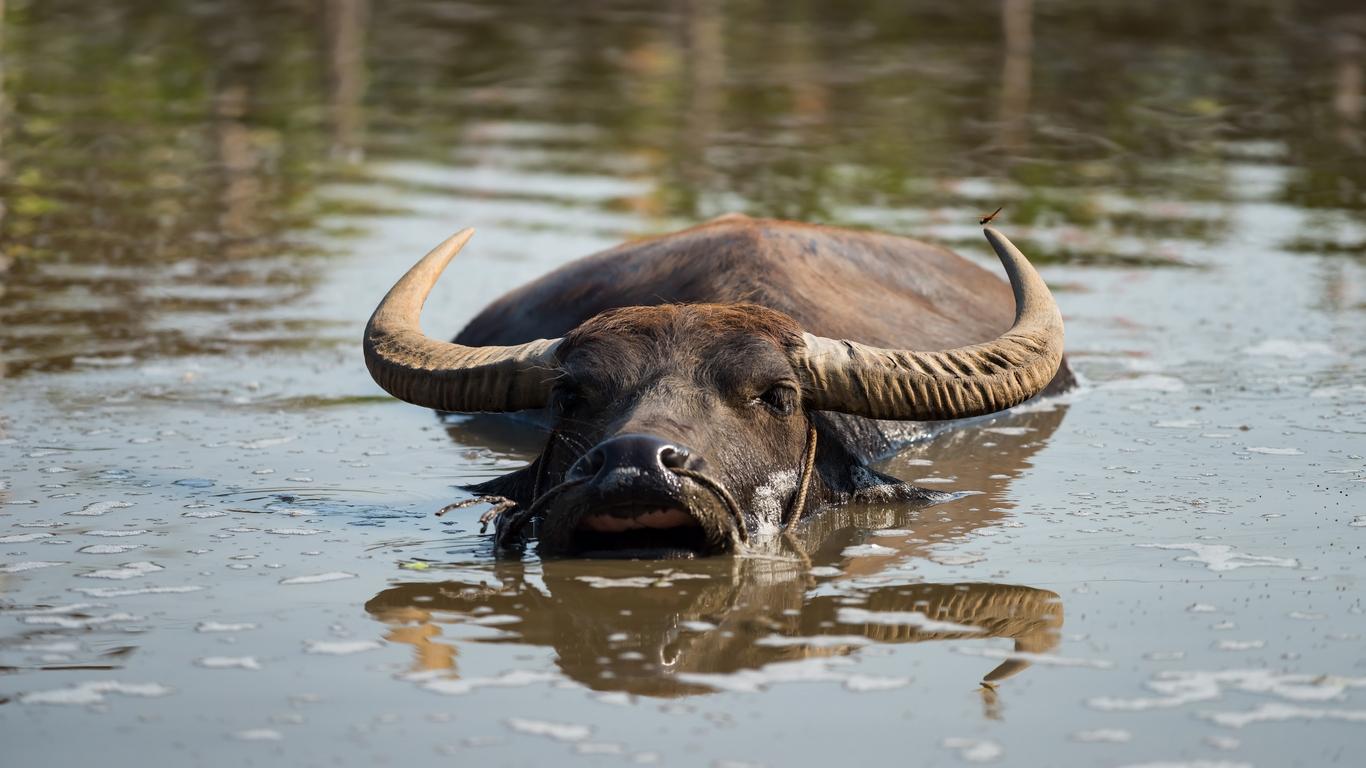The new strain of bird flu detected in Europe would not threaten humans. But combined with another strain, it could prove to be transmissible to humans.

A month ago, a new strain of bird flu entered Europe, contaminating poultry farms in Germany, England and the Netherlands. Called H5N8, this new virus would not represent a great threat to humans, according to an epidemiological point communicated at the end of the week by experts from the” National Institute of Agricultural Research (INRA).
No foodborne transmission
“To date, no case of transmission of H5N8 to humans has been detected” specifies Jean-Luc Guérin, teacher-researcher in the “Host-agent-pathogen interactions” unit at INRA. The latter also specifies that contamination through food remains unlikely or even impossible, since all animals carrying the virus are taken to the slaughterhouse.
In addition, the human body has the necessary resources to expel the H5N8 virus, thanks to digestive juices. However, respiratory transmission is possible. The breeders would therefore be the most vulnerable. But according to INRA experts, the theory of direct transmission from animals to humans of the H5N8 virus remains unlikely.
On the other hand, they are worried about the potential risks of co-infection, caused by the combination of H5N8 strains and other carriers of avian influenza, such as H5N1, which are transmitted directly from animals to animals. ‘man. “Our concern today comes from the large potential of avian species that H5N8 can infect, increasing the risks of co-infection. Especially since the host spectrum of the H5N8 virus is very wide, ”explains Jean-Luc Guérin.
Listen to Jean-Luc Guérin, teacher-researcher in the “Host-agent-pathogen interactions” unit at INRA: “Today, we have specific data, concerning the species of wild fauna likely to be contaminated… ”
Precautionary measures
Even if INRA experts consider these results to be “reassuring”, vigilance is still there. Since the appearance of the virus on the Old Continent, 12 million chickens and turkeys have been slaughtered.
In France, the level of risk has gone from low to moderate but no case has been declared. However, all poultry farms are subject to reinforced surveillance. Especially in humid regions. “The virus can resist for a few days if it is in a region with a dry climate, but several weeks if the area is humid,” explained Thierry Pineau, head of the animal health department at INRA.
Currently, in the department of Ain, one of the wettest corners of France which has a large number of poultry farms, 3,000 birds from the Dombes will remain in captivity at least until the end of the week.
The new H5N8 strain was identified in Korea in early 2014. But according to INRA researchers, traces of this virus would have been spotted in China as early as 2010. “We are following different leads and genetic fingerprints to determine how the virus has been transported to Europe. A bit like police inspectors when they conduct an investigation, ”explains Jean-Luc Guérin.
Listen to Bernard Delmas, director of the INRA unit of “Molecular Virology and Immunology”: ” We observed that the H5N8 virus, coming from Korea, presented the same genes as a virus which circulated in China since 2010… ”
.
















